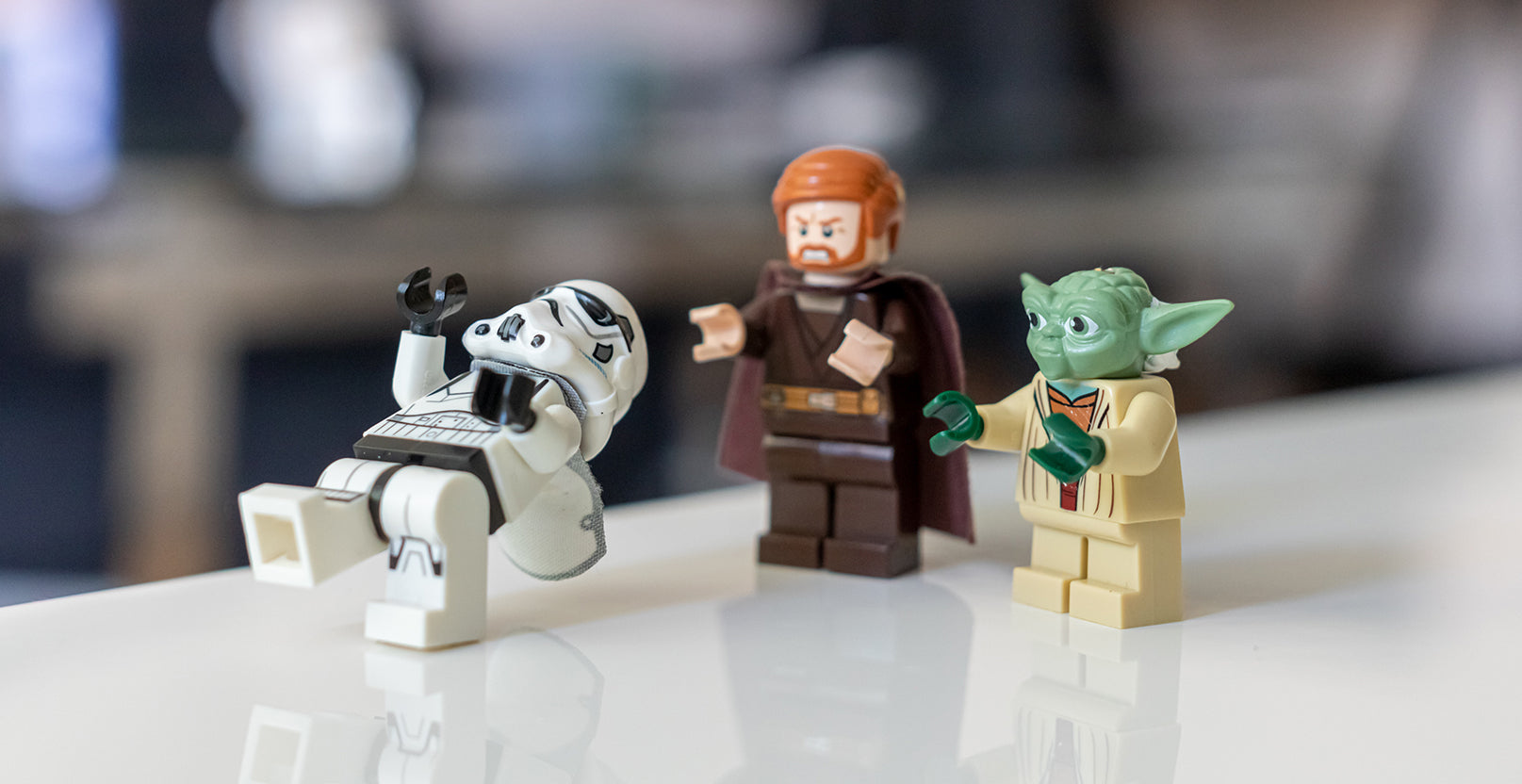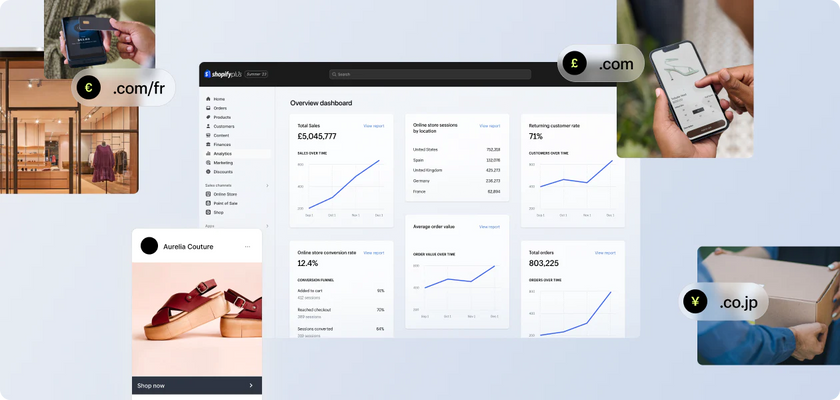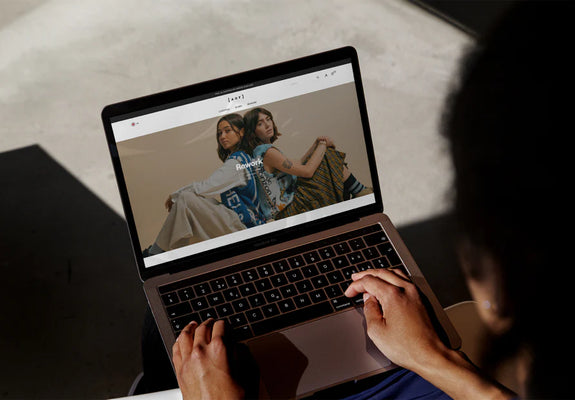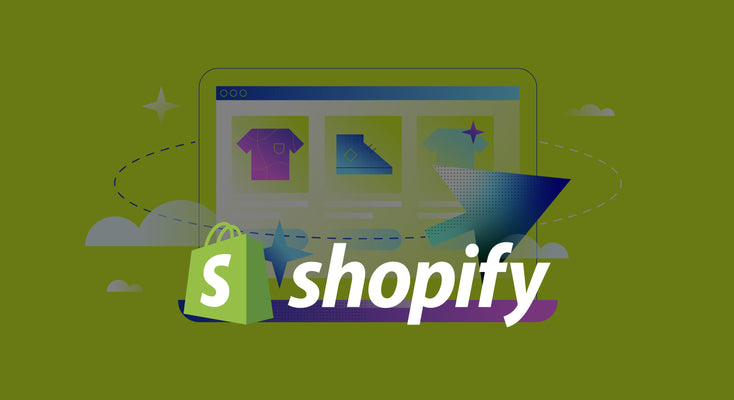Sep 03,2019 Juno Ecommerce
The 12 brand archetypes explained

Have you ever thought about the role your brand plays in your customer’s story?
Stories don’t just help us understand the world and the people around us – they also help us understand brands. After all, successful marketing and branding is essentially just good storytelling. Once you identify the role your brand plays, you can see how it fits into your buyers’ story and how it should ‘behave’ in any given situation. What’s more, your customers will better understand what you have to offer.
If you’ve never thought about your brand’s story before, don’t worry. To help you work out who your brand is, we’ve laid out everything you need to know about the different characters brands tend to fall into, as well as examples of how big-name brands are owning their roles.
So, what are these roles?
In the early 20th century, Swiss psychologist Carl Jung identified that all humans behaved in recognisable patterns. These patterns can be categorised into 12 different mythic characters, residing in the ‘collective unconscious’ of all humankind. Put simply, Carl Jung was an early identifier of different stereotypes.
Jung’s 12 archetypes are:
- The caregiver
- The citizen
- The creator
- The explorer
- The hero
- The innocent
- The jester
- The lover
- The magician
- The outlaw
- The ruler
- The sage
Jung’s theory explored human psychology, but it’s equally true of brands. Rather than being a faceless, disconnected company, successful brands feel and sound human, taking on the characteristics that suit their product or service.
Although people generally fall into several of Jung’s categories, one character tends to play a dominant part in an individual's personality – and it’s the same with brands.
By identifying your brand’s dominant archetype, you can understand what you mean to your customers and what they expect from you. This, in turn, allows you to tell consistent, engaging stories across every touchpoint.
The caregiver
A caregiver brand strives to help and protect its customers. Or, more accurately, it enables customers to do the same for themselves and others.
Caregivers value empathy, compassion, generosity and altruism. These brands seek to make their customers feel safe and looked after, like they’re not alone.
A caregiver brand is never: selfish, ungrateful or cavalier.
Caregiver brands should be careful not to be: A martyr.
Caregiver brand archetype example: Johnson & Johnson. In particular, Johnson’s Baby.
With the tagline ‘A family company’, it’s no surprise that Johnson & Johnson is a popular example of the caregiver archetype. In particular, their brand Johnson’s Baby embodies the maternal characteristics detailed above.
The citizen (aka ‘the everyman’)
A citizen brand, also known as an ‘everyman’, promotes a sense of belonging. They encourage us to feel comfortable simply being ourselves, while still feeling content with being part of the crowd.
Citizens value acceptance, practicality and honesty. These brands seek to make their customers feel understood and included; they celebrate the normal.
A citizen brand is never: Leaving anyone out, judging others, pretentious.
Citizen brands should be careful not to be: Apathetic. Boring.
Citizen brand archetype example: IKEA.
IKEA is probably the brand that most successfully encapsulates the citizen archetype. With its ‘The wonderful everyday’ tagline, it celebrates the ordinary while maintaining an individual, joyful personality. Belonging doesn’t mean boring.
The creator
A creator brand is constantly innovating, providing the cutting-edge of their industry. Not only that, they enable their customers to create and advance their own creative skills.
Creators value imagination and vision. They want their products or services to be part of a better future, to create something that is, and remains, valuable.
A creator brand is never: Trying to be too perfect and failing to deliver.
Creator brands should be careful not to be: Obnoxious.
Creator brand archetype example: Adobe.
Adobe is always innovating – creating new tools for its customers and leading the charge. Their website claims that they’re ‘changing the world through digital experiences’, which reflects a creator’s desire to provide new and valuable changes to their industry and customers.
The explorer
An explorer brand craves adventure and fulfilment. They create products and services that help their customers to embrace the thrill of experiencing new things. Explorer brands want to take you on a journey with them, to take you out of your comfort zone.
Explorers value individuality. They’re non-conformists. These brands seek to remedy boredom.
An explorer brand is never: Confined, stood still.
Explorer brands should be careful not to be: Aimless or flakey.
Explorer brand archetype example: Jeep.
Jeep sits firmly within the explorer archetype, as do many off-road vehicle brands. Their products are designed for adventure – or at least to incite a sense of it – beyond the daily commute. Jeep’s fan community puts it best: ‘Once you’ve tasted freedom, there’s no looking back’. The car manufacturer’s model names say it all: Compass, Renegade, Wrangler, Cherokee.
The hero
A hero brand is strong, competent and courageous. The hero’s narrative is about fighting – and winning – against evil, always saving the day. You know with a hero brand that you’re going to get quality. You’re not going to be let down.
Heroes are on a mission to improve the world through effective products and services. These brands help us to overcome challenges, to be powerful.
A hero brand is never: Vulnerable or weak.
Hero brands should be careful not to be: Arrogant or aggressive.
Hero brand archetype example: Sure (also known as Rexona, Shield or Degree).
Sure is the perfect example of a hero brand. The slogan alone is confident, reassuring. The brand is literally telling you ‘it won’t let you down’. This particular hero is here to protect us from sweat and everything that comes with it.
The innocent
An innocent brand strives to do the right thing. It’s always dreaming of a utopia, a perfect world in which we can exist. These brands are optimistic do-gooders that want us to lead virtuous lives.
Our own desires to do good drive us to interact with these brands. We believe that we communicate these personality traits simply by purchasing the innocent brand’s product or service, and we relish the intrinsic reward we get from doing so.
An innocent brand is never: Self-serving or doubtful.
Innocent brands should be careful not to be: Naive.
Innocent brand archetype example: TOMS.
Non-profit and other charitable brands are often innocents, and TOMS is a great example. With their ‘One for One’ initiative and ‘Stand for Tomorrow’ manifesto, it’s clear that their strategy is to do the right thing. Their target? A better world.
The jester
A jester brand simply lives in the moment, enjoying everything. The only outcome these brands seek is joy. They’re not looking back and they’re not planning for the future.
Jesters want you to have fun with them, providing an opportunity for escapism and good times. As with the citizen brand archetype, we feel a sense of belonging with jester brands, and we want to be in on the joke.
A jester brand is never: Boring.
Jester brands should be careful not to be: Time wasters or apathetic.
Jester brand archetype example: Skittles.
Skittles pox, the Skittles touch and of course the Skittles giraffe… need we say more? Skittles is a jester brand through and through, and a great one at that. From their silly adverts to their Tumblr website, every touchpoint for Skittles is light-hearted and entertaining.
The lover
A lover brand is sensual, passionate and emotional. They want to share experiences with you, to make you feel special. They seek to be desirable through their physical and emotional attractiveness.
Marketing and branding for a lover brand will usually focus on how the product or service (usually a product in this case) makes the customer feel. Cosmetics, jewellery and luxury confectionery brands often embody the lover archetype.
A lover brand is never: Alone, ugly or rude.
Lover brands should be careful not to be: A people pleaser, shallow.
Lover brand archetype example: Chanel, especially Coco Mademoiselle.
Chanel’s marketing, in particular Coco Mademoiselle, is always focused on seduction and sensuality. You believe that wearing this perfume will make you feel desirable. Adverts are heavy with close-up beauty shots of the world’s most beautiful people (Keira Knightley in this case), and roam from one bedroom setting to another.
The magician
A magician brand wants to make dreams come true. They believe in the unexpected and unexplained. They don’t get bogged down in laying out exactly how something happens, and just ask you to believe that it will.
Magicians appeal to people who have an obstacle that they want to overcome. These brands seek to transform their customers’ lives from the ordinary to the extraordinary.
A magician brand is never: Boring, scientific or too focused on detail.
Magician brands should be careful not to be: Manipulative or dishonest.
Magician brand archetype example: Lynx/Axe.
Lynx, or Axe, has always relied on outlandish claims in its advertising. Men are to believe that this magic potion will make them irresistible to potential partners. It’s tongue-in-cheek, but it totally works. More recent campaigns are leaning away from their old messaging – which has been criticised for being sexist – but the element of magic remains.
The outlaw (aka the rebel)
Outlaw brands shake things up; they disrupt the status quo. Customers engage with these brands to demonstrate their individualism and confront ‘the norm’.
These brands embrace change, and even a little controversy at times. They seek to make an impact. Customers are encouraged to be non-conformist and even strive for some kind of revolution. Marketing and branding for outlaws is often more divisive than that for other brands. While no brand is for everyone, none are more likely to cause controversy outside of their audience than outlaws.
An outlaw brand is never: Vulnerable, powerless, one to conform.
Outlaw brands should be careful not to: Overstep the mark.
Outlaw brand archetype example: Diesel.
Diesel is a typical outlaw and consistently communicates this across all their branding and marketing campaigns. Their fragrances include Loverdose, Bad Intense and Only The Brave, the latter actually coming in a fist-shaped bottle.
The most compelling evidence for Diesel being an outlaw brand is their ‘Be Stupid’ campaign. Loved by the target audience and rejected by others, that’s how a real outlaw does it.
The ruler (aka the sovereign)
A ruler brand sees itself as the leader in its field, as do its customers. They desire power and control while seeking to build a prosperous world in which we all feel safe and stable. Ruler brands tend to sit in the higher price brackets within their industries.
Customers engage with ruler brands to communicate a narrative of their own success and power. They only want the best of the best; they don’t want knock-offs and or underdogs.
A ruler brand is never: Chaotic, weak.
Ruler brands should be careful not to be: Too authoritarian, superior.
Ruler brand archetype example: Hugo Boss.
The perfect example of a ruler brand is one which is actually called ‘Boss’. Unsurprisingly, Hugo Boss is all about making its customers feel like a boss. The people used in Hugo Boss campaigns are styled to look successful, aspirational and in charge – the same image its customers want to embody.
The sage
Sage brands are guides, mentors, experts. They hold knowledge we can’t access without them.
If yours is a sage brand, it should value the pursuit of intelligence over all else, seeking to help your customers better understand the world through data and information. With a sage brand, you’re likely to demonstrate a wide vocabulary and base content on objective facts.
A sage brand is never: Ignorant or speculative.
Sage brands should be careful not to be: Inactive or stationary.
Sage brand archetype example: IBM.
As a sage brand, IBM effectively interprets and communicates data, giving its audience a better understanding of a particular topic. Content isn’t dumbed down, but isn’t so complex that the brand is unable to be effective. You won’t find IBM being silly or controversial – they toe the line, sticking to the facts.
Which brand archetype are you?
Whatever your brand’s core character, it’s important to stay true to it – don’t dilute your identity by trying to be everything to everyone. With a solid grasp of who you are as a brand, you can ensure a consistent, effective and meaningful relationship with your customers.
Now you’ve got your archetype sorted, why not explore brand psychology further? Check out our guide to colour psychology and find out what your brand’s colours are saying about you.


